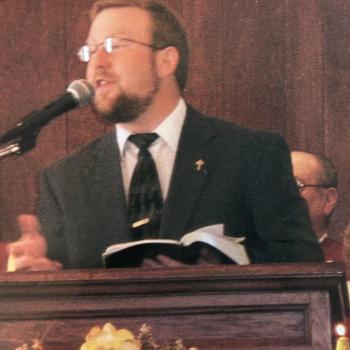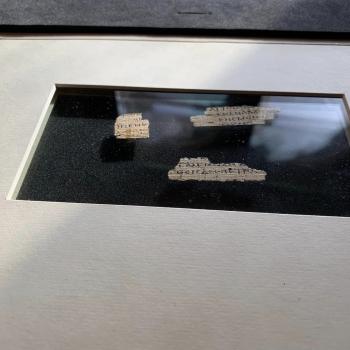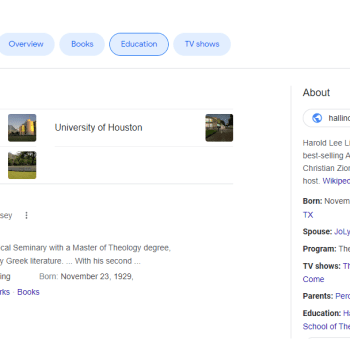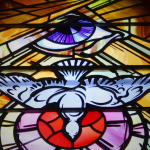I have mentioned before that Revelation 17:9-10 seems to me to provide decisive evidence against the futurist or “end times” approach to understanding the Book of Revelation.
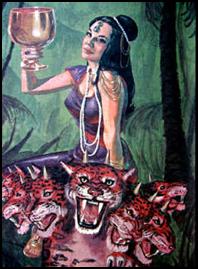 We got up to chapter 17 of the Book of Revelation in my Sunday school class yesterday, and so we focused attention on that particular set of verses – but also others. Babylon the harlot is explicitly said to represent the city of Rome (17:18), and the beast here comes to denote not so much the Roman Empire as a whole, but the rulers of that Empire.
We got up to chapter 17 of the Book of Revelation in my Sunday school class yesterday, and so we focused attention on that particular set of verses – but also others. Babylon the harlot is explicitly said to represent the city of Rome (17:18), and the beast here comes to denote not so much the Roman Empire as a whole, but the rulers of that Empire.
Interpreters are sometimes puzzled by the antagonism between the woman and the beast in this chapter (17:16). But given all the evidence pointing to the identity of the beast focusing not merely on Roman emperors in general, but in particular on Nero, the reference to the beast/emperor burning the prostitute/city with fire seems to have a fairly obvious reference.
What do readers think? Is Revelation 17, with its explicit statement that one of the kings represented by the beast was ruling in John’s own time, its reference to seven hills and thus to Rome, and its reference to the ruler burning the city with fire, not the most important evidence we have regarding how to best approach and interpret the Book of Revelation? Does it not make clear that we should seek meanings for its symbols in the author’s and original readers’ time, rather than our own?





